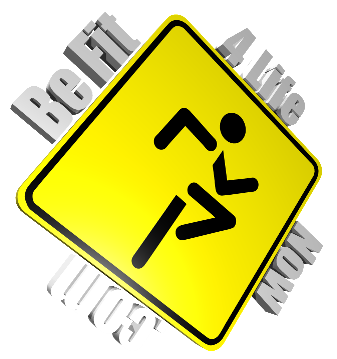Your daily script may read slightly different than the scenario above, however, stress on the job is a reality. In fact, job-related stress has become an area of increasing interest among researchers. Studies have shown that job-related stress may have negative consequences on our health as well as our mental and emotional well-being.
We all need a little stress in our lives to motivate us, help us reach our goals, and give us the energy and focus to complete important tasks. We live in a fast paced, convenience-oriented market, where productivity equals success. This lifestyle inherently increases the stress load in our lives. Whether the stress we encounter at work is environmental, physical, mental, or emotional; stress can have negative consequences on our health. In fact, chronic stress has been linked to hypertension, migraines, irritable bowel syndrome, anxiety, depression, and other common physical illnesses.
By taking a holistic approach to combating stress in the work place, we leave no room for stress to get the best of us. That means following a plan that addresses the mind, body, and spirit. Here is a sure fire program which will help you reduce and cope with stress on the job. It's quick, it's easy, and it works. So, give it a try!
--------------------------------------------------------------------------------
Our body's response to stress is greatly dependent on how we perceive stress. Monitor what you are thinking when you're feeling stressed. If we think something is stressful, our body thinks so, too.
--------------------------------------------------------------------------------
THE MIND
It is important to recognize stressful situations in your work environment. Let your body be your guide. Whether you feel tightness in your shoulders, notice your breathing is shallow, or have a pounding headache, your body will send signals when you are stressed.
Our body's response to stress is greatly dependent on how we perceive stress. Monitor what you are thinking when you're feeling stressed. If we think something is stressful, our body thinks so, too. For example, the next time your boss gives you another project to be completed by the end of the day, don't feel stressed and overwhelmed. Instead believe the task is achievable by reframing stress-producing thoughts to stress-relieving thoughts. Don't underestimate the power of the mind!
THE BODY
The five-minute stress buster exercise routine: Repeat each exercise 8-10 times to bulk up your stress-relieving abilities.
Shoulder Shrug: Sit in a chair with your back straight and arms by your sides. Shrug or lift the tops of your shoulders up toward your ears. Hold the position for 2-3 seconds then relax your shoulders and lower to starting position.
Shoulder Roll: Sit with your back straight. Relax your shoulders. Pull your shoulders straight back and your shoulder blades together. Hold for 2-3 seconds then relax.
Arm Stretch: For an upward stretch, interlock your fingers above your head with palms upward. Push your arms slightly back and up toward the ceiling. Hold for 5-10 seconds and release. For a forward stretch, keep your fingers interlocked. Bring your arms in front of you and push out. Hold for 5-10 seconds then release.
Neck Stretch: Relax your shoulders and sit straight in a stationary position. Rotate your head as far to the right as is comfortable and hold for 2-3 seconds. Repeat to the left side. Then slowly lower the right side of your chin toward your right collarbone and hold for 2-3 seconds. Repeat on the left side.
Finger Spread: Put your hands out in front of you. Make a fist, then spread your fingers wide and hold for 2-3 seconds.
THE SPIRIT
In a stressful situation, it is important to remember the things that nourish your spirit. Take a few minutes to take a few deep breaths. Breathing from your lower abdomen, inhale for a two count and out for a four count. Try doing five repetitions.
If you can have music at your job, play some soft relaxing tunes. Music can transport you into a peaceful and relaxed space while reversing your mood from frustrated to serene.
Take a look out of the widow or take a walk outside. Being one with nature, even for just a moment, can shift your mindset and release tension.
Laughter is also a great way to release stress and increase your outer and inner vitality.
There you have it. No more excuses. You have a plan. Put it into action and create more balance and health in your workplace, and more importantly, in your life.




























 .
.

